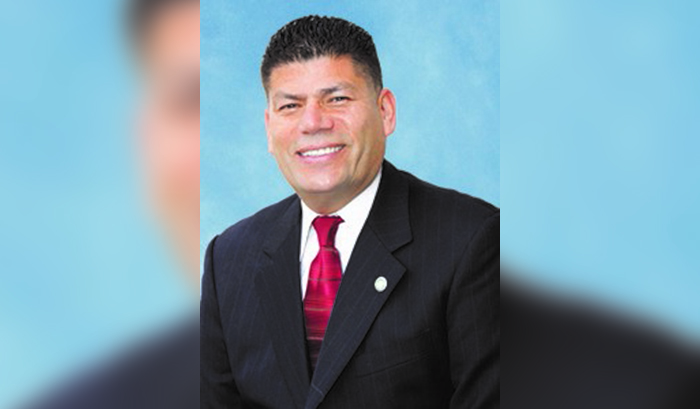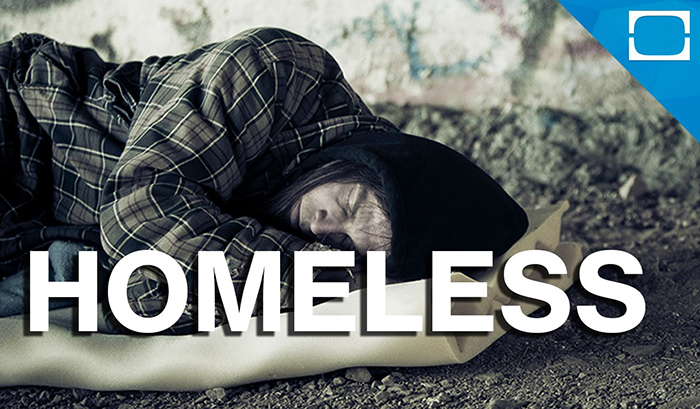A year and a half ago, the Redevelopment Agency, in quaint bureaucratic language, “approved an agreement with Walker Parking Consultants to study parking resources in Downtown.”
Since it has taken the length and breadth of President Obama’s term in the White House for an official from Walker to file his first report at City Hall, possibly capturing a parking space in the business district is even more difficult than the Agency had feared.
But residents can relax.
Sol Blumenfeld, the Community Development Director, said that a long-term strategy will be discussed and developed over several meetings.
Said the man from Walker last night in Council Chambers:
“Does Downtown have a parking problem? Yes. But that does not mean there is a shortage of parking spaces.”
With 2,800 spaces available, Downtown offers a surfeit of parking opportunities, he said.
The peak demand was 1,700 spaces, a scant 60 percent of the total.
The problem, said the man from Walker, is the way spaces are distributed. Some areas are overparked, some underparked.
“Demand is different in different places,” the man from Walker said.
He said the matter of Culver City parking needs to be addressed because if visitors have to invest too much time hunting for a convenient meter or space, they will simply drive away to another community.
Several resolutions were served up:
• Institute aggressive enforcement, upgrading it from the present state judged to be lax.
• To discourage parking in residential neighborhoods, consider charging a nominal fee for residential parking permits.
• Regarding supply and demand, replace the two hours of free parking policy at the busier Watseka and Cardiff garages with a $1 per hour fee, and
• Replace two hours of free parking at the more lightly patronized Ince structure with a 50-cent hourly fee.
In separate City Council business, members agreed to a compromise plan for raising the Transient Occupancy Tax incrementally.
It will go from 12 percent to 13 percent on July 1, 2011, and to 14 percent on July 1, 2012.
Here is a closer look at the downside.
“Hopefully, by compromising and phasing in the increases,” said Steve Rose, President and CEO of the Chamber of Commerce, “this method will allow the economy to come back from it's current lackluster level.
“Hotels had a concern over the increase as a loss of an economic incentive in having a lower tax than Los Angeles, Santa Monica, Beverly Hills and West Hollywood. But higher than El Segundo, Manhattan Beach, Redondo Beach, Hermosa Beach.
“The concern” said Mr. Rose, “ is over the ability to retain corporate accounts and large tour business, which has a negative effect on the total revenues of the city and a loss of employment at the hotels.
“For every 16-room night lost means a loss of one housekeeper position. Besides the loss of TOT tax, there could be a loss of sales tax from food and sales of sundries and sales at Westfield.”






